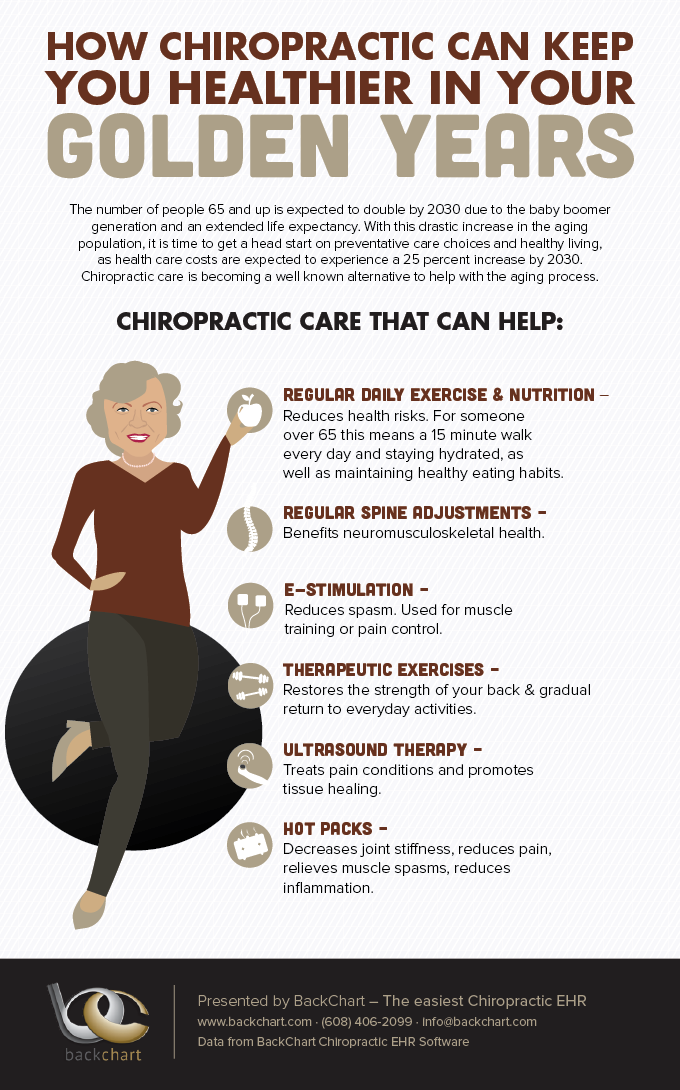A Guide To Developing An Ergonomic Work Area To Minimize Neck Discomfort: Step-By-Step Directions
A Guide To Developing An Ergonomic Work Area To Minimize Neck Discomfort: Step-By-Step Directions
Blog Article
Published By-Cunningham Justesen
To stop neck discomfort at your workstation, ensuring your arrangement is ergonomically sound is critical. Picture an office where each element is tailored to sustain your body's alignment and minimize stress. By complying with a few basic actions, you can change your desk location right into a sanctuary of convenience and productivity. Yet how exactly can you achieve this harmonious equilibrium between work and health? Let's explore the necessary tips to develop an ergonomic workspace that will keep neck discomfort away.
Assess Your Existing Setup
Wondering if your existing work space is adding to your neck pain? Take a moment to assess your arrangement. Start by checking out your computer monitor. Is it at eye level, or do you find yourself frequently searching for or down? Readjust the screen to make sure that your stare is naturally in line with the top of the monitor.
Next, consider your chair. Are visit this site slumping over or hunching over while you work? Your chair should sustain your lower back and promote excellent stance. Adjust the height to ensure that your feet are level on the floor and your knees go to a 90-degree angle.
Take y strap chiropractic tool of the placement of your keyboard and mouse. Are they within very easy reach, or are you constantly reaching and straining your arms and shoulders? Keep these tools near your body to reduce unnecessary movements.
Finally, think of your lighting. Is it as well intense or too dark? Appropriate lights can decrease eye stress and reduce tension in your neck. Make check out this site to create a more ergonomic office and help reduce your neck discomfort.
Adjust Your Chair and Desk
To produce a much more ergonomic workspace and decrease neck pain, guaranteeing proper change of your chair and desk is critical. Begin by changing your chair to ensure that your feet remainder level on the flooring, knees are at a 90-degree angle, and your reduced back is supported by the chair's back assistance. Your desk should go to arm joint elevation to keep appropriate arm setting and decrease strain on your neck and shoulders. Ensure there's enough area under the desk for your legs to relocate easily.
When changing your workdesk height, ensure your wrists remain straight while keying and making use of the mouse. Your monitor ought to be at eye degree, concerning an arm's length away, to prevent you from straining your neck by looking down or up. Keep your keyboard and mouse close to avoid overreaching, which can create shoulder and neck discomfort.
Keep in mind to take breaks and stretch occasionally to stop rigidity and promote blood circulation. By effectively readjusting your chair and desk, you can develop a workspace that supports great pose and decreases the threat of neck discomfort.
Setting Your Monitor and Keyboard
For ideal ergonomics and to reduce neck stress, correct positioning of your display and key-board is crucial in your work area configuration. Begin by placing your display straight in front of you at arm's length away, guaranteeing the top of the screen goes to or somewhat listed below eye degree. This helps reduce stress on your neck by maintaining it in a neutral position.
Position the keyboard to ensure that your elbows are curved at a 90-degree angle and your wrists are straight while keying. Your keyboard needs to be positioned at a height that allows your shoulders to remain loosened up and your arms to be parallel to the flooring. In addition, see to it the computer mouse is placed beside your keyboard at the exact same degree to prevent reaching or twisting.
Keep in mind to take short breaks to stretch and adjust your pose throughout the day, preserving excellent positioning and stopping neck discomfort. A well-organized office with appropriately placed display and keyboard can substantially affect your convenience and efficiency.
Verdict
Finally, by following these straightforward steps to create an ergonomic workspace, you can considerably minimize neck discomfort and pain. Remember to analyze your current setup, readjust your chair and desk, and position your screen and key-board effectively. By taking these aggressive actions, you can improve your overall convenience and efficiency while working.
